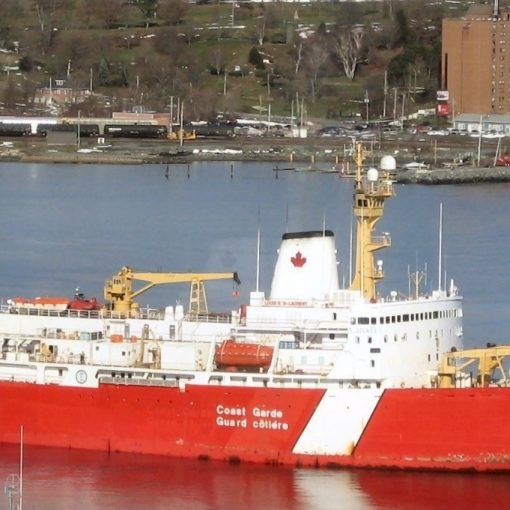There has been considerable press coverage of the U.S. Government Accountability Office (GAO) report - Border Security: Enhanced DHS Oversight and Assessment of Interagency Coordination Is Needed for the Northern Border - and the recent meeting of Prime Minister Harper and President Obama on perimeter security.
The major finding of the GAO report was that the U.S. northern border with Canada is vulnerable to illegal activities and presents a potential avenue for terrorists to gain access to the U.S. via Canada. In summary, the GAO report observes that only 25 percent of the 4,000 mile border with Canada is adequately surveilled with a much smaller percentage adequately controlled (control being more onerous than surveillance). However, lost in the discussion is that the amount of illegal activity occurring on the U.S. northern border with Canada is a very small fraction of that occurring along its border with Mexico. The real sticking point appears to be a belief (rightly or wrongly held) by some U.S. politicians that Canada’s immigration policies allow for radical elements to visit and reside in Canada and that this creates a potential threat pool.
The U.S. land borders with Canada and Mexico are only one part of its total borders. It’s ocean borders are at least twice as large and probably have far less surveillance and control than that of its land borders. More to the point, these coastal approaches are more physically difficult to surveille and control. Furthermore, outside of its territorial waters and contiguous zones the legal regime for independent action short of a clearly identified threat is much more limited.
These ocean approaches present a potential vulnerability as evidenced in the illegal activities that already occur in this domain, most especially in the smuggling of illegal drugs. How real the threat of terrorists using this avenue of approach to Canada and the US is uncertain, and it is clearly the purview of intelligence agencies and governments. However, it is in Canada’s interest to use the perimeter security discussions to review it policies regarding cooperation with the U.S. by security and defence forces; if for no other reason than to demonstrate and ensure that Canada has control of its ocean approaches and that, should interception and interdiction activities occur off of our coasts, they have full Canadian participation.


